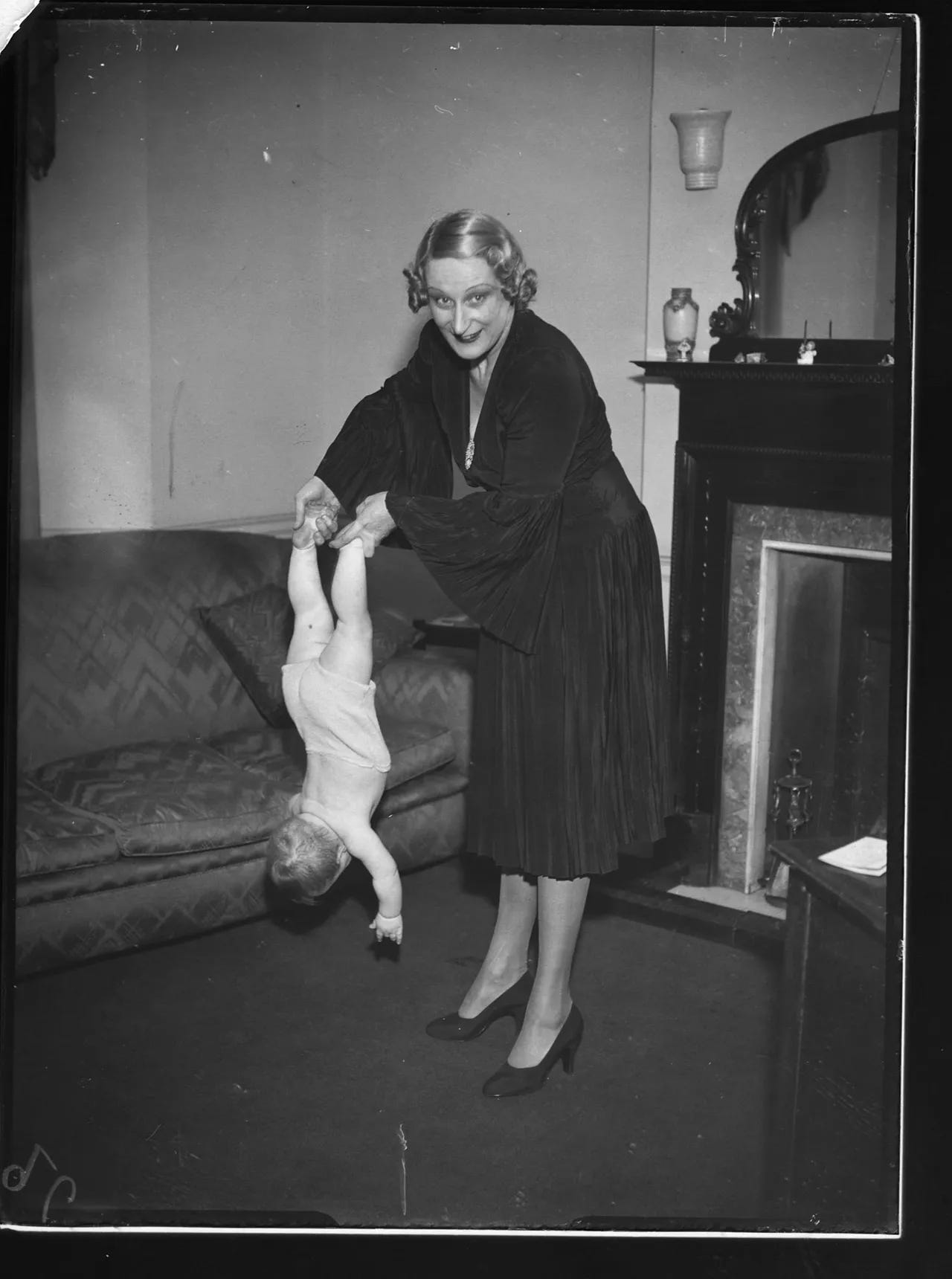Mind Your Coach
In this week's Rundown, supervised workouts have a different impact on the mind and body than working at your own pace and a breath trainer makes exercise more tolerable for older adults.
The Rundown
Mind Your Coach. The idea that movement affects our moods is generally supported by science, with a number of studies noting that a) people who are physically active have lower risks of developing depression and anxiety than those who are not and b) physically active people are more likely to report feelings of happiness. A new study on exercise and mood has found that these beneficial affects may also depend on whether or not your workout is supervised.
For the study, Dr. Jacob Meyer, an assistant professor of kinesiology at Iowa State University, focused on endocannabinoids and the runner’s high. Endocannabinoids are psychoactive substances (similar to the compounds in cannibas) that are created in the body’s tissues, bind to specialized receptors in our brains and nervous systems and help to increase calm. Studies have found that exercise typically increases endocannabinoid levels in the bloodstream, most likely contributing to the “runner’s high.”
Dr. Meyer asked two questions: Do workouts that raise endocannabinoid levels help to combat depression? And, if so, what kinds of workouts would cause an increase and what types would not? First, he used data from an earlier experiment (read the abstract) that had women with major depression workout on stationary bikes for four, 30 minute sessions at different intensity levels, which they were instructed and monitored to maintain. During one of the workouts, they could choose their intensity. The women gave blood and completed questionnaires about their emotional state before and after the workouts. The results were that the exercise, whether easy or hard, left the women feeling happier.
The new study found that the blood samples for those who were told to cycle at a moderate pace showed an increase in endocannabinoids, while the level of endocannabinoids in those who cycled at their own pace, even if it was moderate, did not change.
The results suggest that being coached leads to different impacts than working at your own pace, no matter what that pace is. The reason for the increase in endocannabinoids in the supervised exercisers is a mystery, according to Meyer, but it might be that our brains know when a workout’s intensity is not what we would choose so it releases substances that make the exercise more bearable. In general, the study highlights that our reaction to exercise is a complex mix of the physiological and psychological but any physical activity is better for mental health than none at all.
Breath Work. In high-resistance inspiratory muscle strength training or IMST you inhale through a handheld device called a manual breathing trainer. The device sucks air in the opposite direction and the resistance strengthens the diaphragm and other muscles used to breathe. Last year, a study showed that daily short sessions of IMST lowered blood pressure and improved cardiovascular health. This year, the same team of researchers decided to investigate how IMST might be used to improve exercise tolerance in middle-aged and older adults.
The team separated 35 adults, aged 50 and over, into two groups: a high-resistance training group and a low-resistance group. Both groups used a manual breathing trainer for about five minutes a day for six weeks.
At the end of six weeks, the high-resistance group demonstrated a 12% improvement in a treadmill time to exhaustion test. The low-resistance group showed no change. The preliminary findings suggest that five minutes a day of high-resistance IMST is a promising way to increase exercise tolerance and potentially make exercise more appealing to middle-aged and older adults. The paper will be presented at the American Physiological Society’s annual Experimental Biology 2022 meeting this week.
Replay
This week’s vintage moment in fitness culture is brought to you by questionable parenting choices.
Lauri Alwyn swings her nine-month-old son by the feet during his daily exercise session in their Wigmore flat, 1937. Hulton-Deutsch Collection/Corbis.




